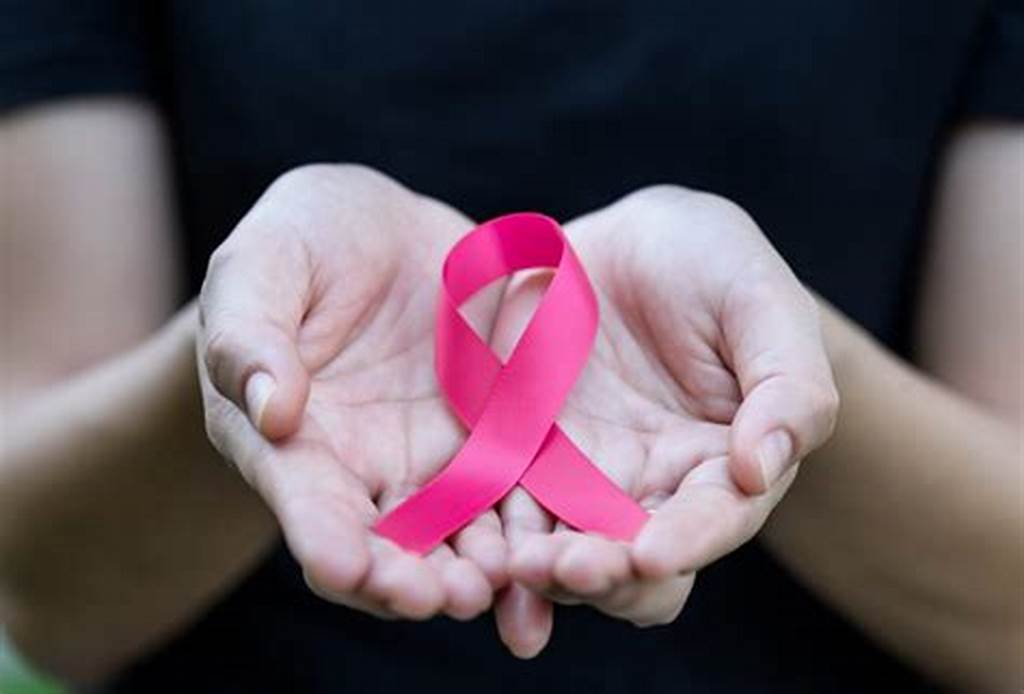Islamabad, Oct 22: Breast cancer is now the number one killer amongst women in Pakistan: it’s also the highest in Asia. From estimates presented in reported cases of breast cancer, it has been estimated that one out of every nine Pakistani women would be a victim of breast cancer at some point in her life.
He said that breast cancer accounts for an estimated 83,000 annual reports in our country and more than 40,000 of them die, therefore, breast cancer has become the leading cause of cancer deaths in women in Pakistan.”
Doctor Asad Parvaiz stated that awareness campaign can be an attempt to increase public awareness in this disease, so that the stigma of breast cancer can be minimized through educational communication on the sign and symptoms and treatment.
Any one citizen of our country that is suffering from this sickness deserves the best provincial and this is only feasible if people have gained knowledge on the sickness and are comfortable to discuss it with their families/friends as well as the doctor.
He explained that breast cancer occurs if some cells in the breast tissue starts growing in the wrong manner. They also divide more frequently than healthy cells and keep piling up to form a tumor or a growth.
They can attack (metastasize) to other areas within the breast and or spread to the lymph nodes or to other parts of the body. Breast cancer most commonly starts out in cells lining the milk-producing tubes (ducts) of the breast (called ductal carcinoma).
It may also start from the lobules in which the breast tissue is coherent (invasive lobular carcinoma) or from other cells or tissue in the breast.
As for the causes of breast cancer Dr Asad Pervaiz said, “The precise cause of the disease remains unknown, though some chemical, hormonal, lifestyle and environmental factors have been found out by scientists.” Some risks it involves are family history, age, obesity, smoking, alcohol, and sedentary lifestyles, no pregnancies and non-breastfeeding, early birth of the first m Baby, early menarche, late menopause, and hormone pills (contraceptives/hormone replacement).
But he pointed out that it has not been explained why some people who have no aspect of risk factor develop cancer while other people with risk factors never get cancer. Breast cancer too may be attributed to interplay between genetic predispositions and the system in which people live.
Dr Asad Pervaiz buttressed these signs and symptoms of breast cancer to include lump in the breast or thickening that feels different from the surrounding tissue, change in the size, shape or appearance of a breast, fluid/blood coming from the nipple, dimpling in breast skin/in-drawing of nipple, or a red/scaly skin.
About diagnosis of breast cancer, he categories it as follows ‘It is however advisable when someone feels any of the above signs & symptoms, they should see a doctor’. Often the doctor on investigation does not have any measure to be sure that breast lumps are cancerous or not.
As a result, almost always doctors would refer to tests like mammogram, ultrasound scan and needle biopsy. “One big myth that needs demystifying is the common belief that needle biopsy can spread the cancer: There is no reality in this. That is why the test has to be carried out, so that one can have the diagnosis and treatment,” he said.
He also pointed out that although breast cancer can also be found in men, it is 100 more likely to be found in women.
According to Dr Asad Pervaiz the significant funds has been raised for awareness about breast cancer and research funding which has led to the development of improvements in diagnosis and treatment of breast cancer.
He said the survival rates have increased and the number of fatalities caused by this disease is decreasing gradually, owing to factors including early diagnosis, customized treatment and understanding the disease more.
He mentioned that the treatment is multi modal therapy which includes surgery, chemotherapy, radiotherapy, hormone treatment and target therapy.
Some patients may not require all of these; however, it is this careful combination of any of these treatment modalities that do the trick. They are usually given one after the other, he said in addition.









